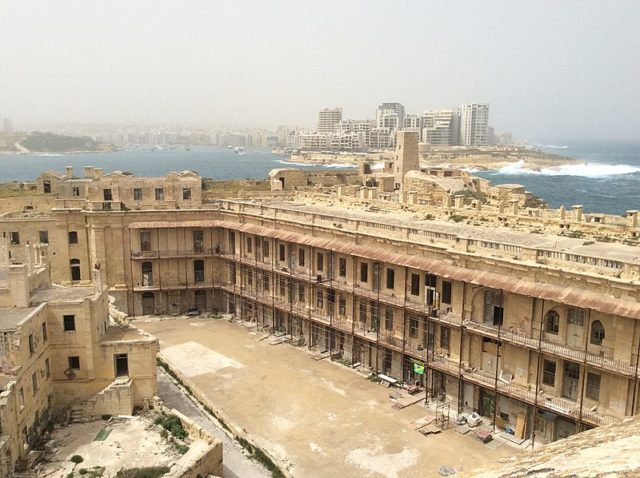Fort Saint Elmo keeps a close eye on both the Grand Harbor and the Marsamxett Harbor in Malta and has done so for more than 500 years. Its story began in the 15th century when the Crown of Aragon decided to erect a tower on the margins of the Sciberras peninsula.
The tower stood and kept its ground for forty years, until 1530 when the Order of St. John felt there was a need for a much stronger defense to prevent the harbors from becoming lost. It was all in vain and Marsamxett Harbour was lost in 1551 when the Ottomans took control over it.
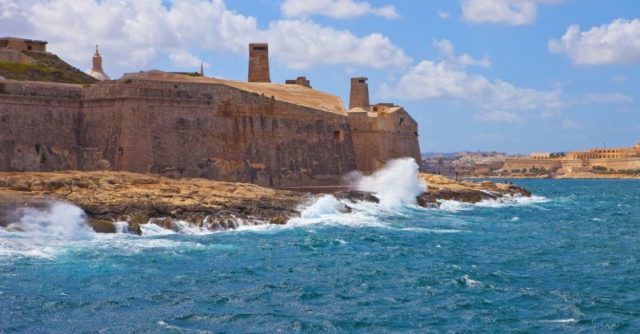
As a direct result, the tower was completely razed. In its place, a new fort was erected. This happened in 1552, just 13 years before The Great Siege of Malta: a period in the history of the country that remains significant to this day.
Unfortunately, not much remains of the original fort as it was heavily modified over the centuries. Extensive modifications took place in 1566 when Francesco Laparelli carried out an extensive building project. The fort was shaped and re-shaped up until the 20th century, giving it the look and feel that we witness today.
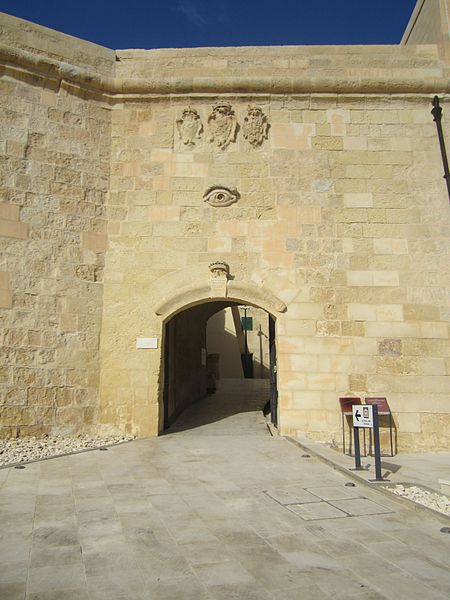
What survived was preserved by historians, and much of how the fort originally looked can be seen in the paintings of Matteo Perez D’Aleccio and through a limited number of documents and reports such as the one prepared by Francesco Laparelli himself. The document offers, in rich detail, a perfect depiction of the architecture of the fort as well as the events that took place during the siege.
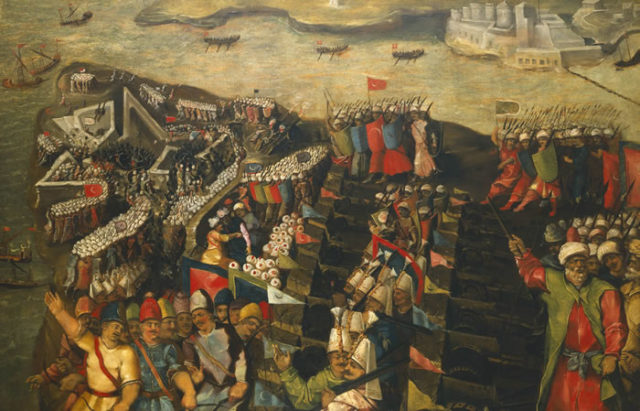
Historians are trying to piece together this period of the fort’s history. A number of questions are missing definitive answers. For instance, researchers are curious to find out more about the thickness of the walls during the siege. However, this is just one of the plethora of questions they are concerned with; answering more of them would paint a better picture of what really happened during the Great Siege of Malta.
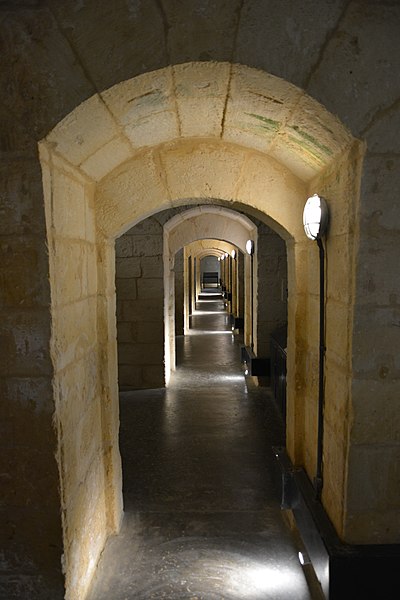
When the siege happened in 1565, the fort played a crucial role in the independence of Malta and, as a result, suffered great damage. A total of 150 knights lost their lives defending the fort. After the Turks were expelled in quite a bloody manner, it was time for it to be renovated. This was done, along with works on the town of Valletta.
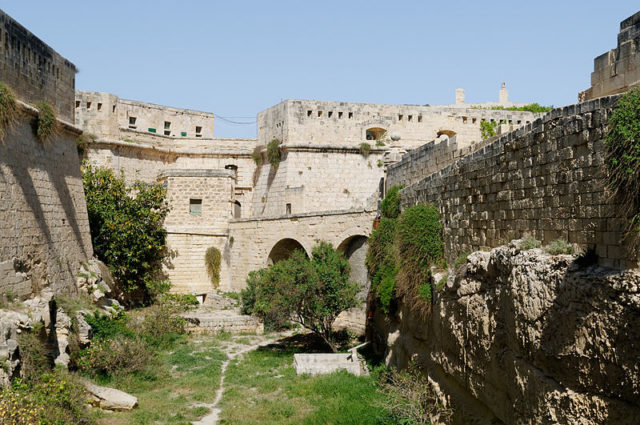
Jean Parisot de Valette created the town and once the fort was revamped by Francesco Laparelli it became part of Valletta. It remained unaltered until the 17th century when a new bastion was added alongside a number of other modifications.
During this period, the original 16th century ramparts were buried as they were part of a ditch that got filled. This ditch is one of the areas of the site which is of particular interest to archaeologists.
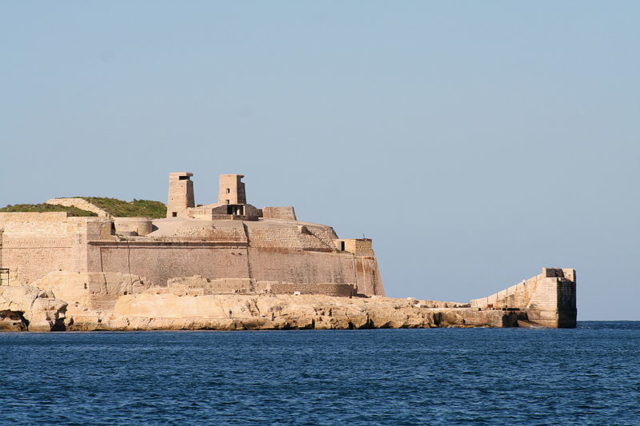
During the 19th century, the fort came under British rule and was further modified between 1866 and 1877, receiving a number of new gun emplacements.
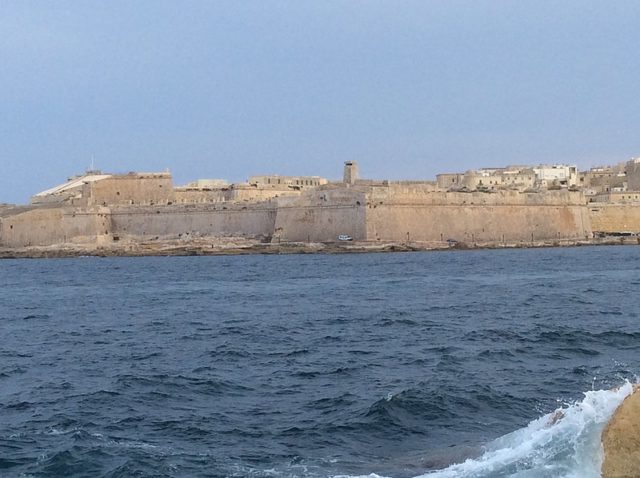
It was badly damaged during the Second World War, during bombardments on June 11, 1940. One year later, it played a crucial role in defending the Grand Harbor from Italian forces. It suffered damage from both aerial and seaborne attacks; the bridge that served as a connection between the peninsula and the breakwater was also destroyed during this period.
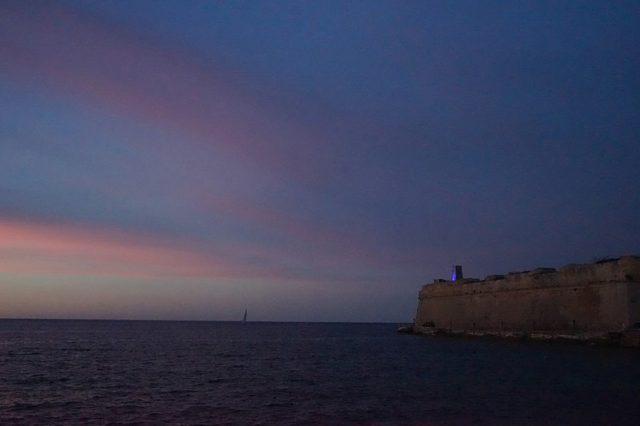
It remained in active use until 1972. On March 26th that same year, it was left empty and with time started to deteriorate. It remained in a bad condition until 2009, when a major renovation project was launched that ended in 2015 and gave the fort a new look.
It remains open to the general public and serves as a major tourist attraction, offering those that come to visit a chance to learn more and experience part of the original fort which managed to hold its ground against the mighty Ottoman forces.
